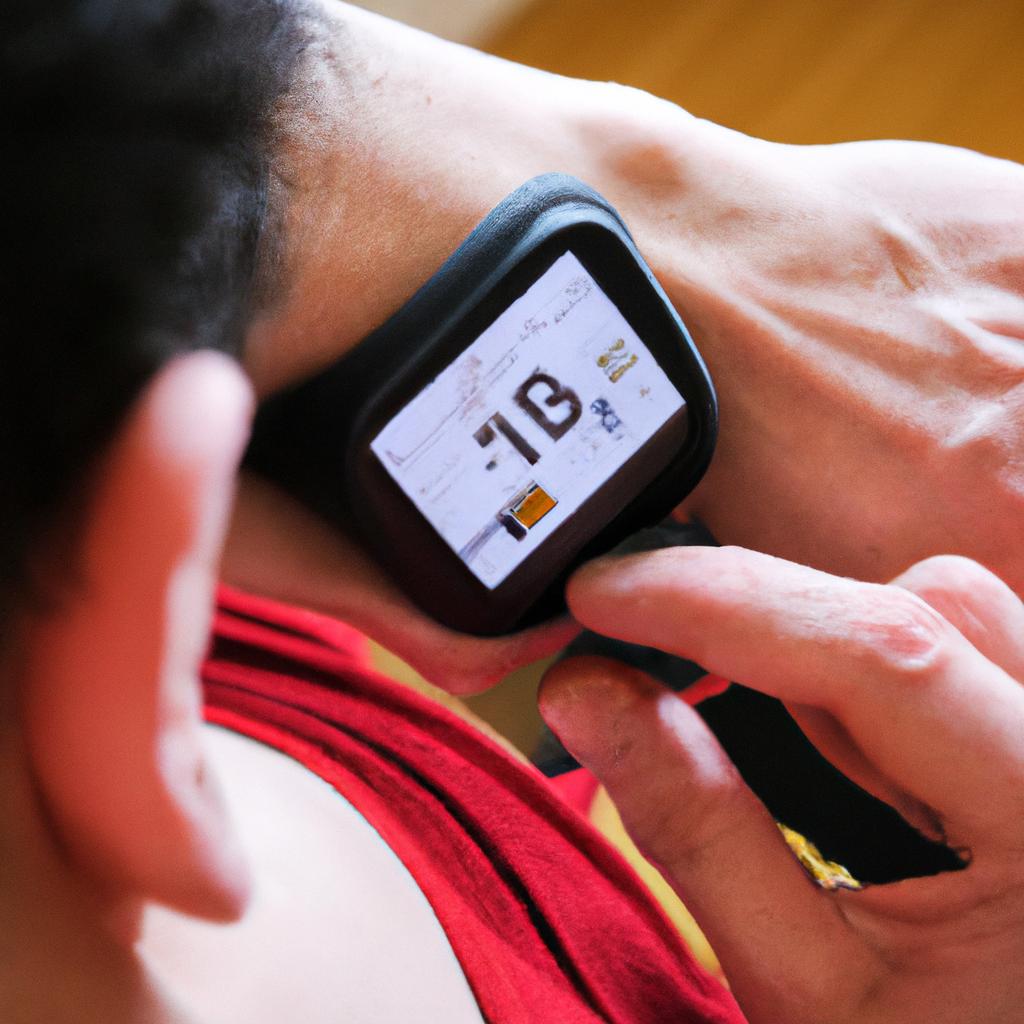Exploring the Efficacy of Wearable Biofeedback Devices in Enhancing Recovery and Performance
# Exploring the Efficacy of Wearable Biofeedback Devices in Enhancing Recovery and Performance
In today’s fast-paced world, athletes and fitness enthusiasts alike are embracing technology to enhance their performance and recovery. Wearable biofeedback devices, such as smartwatches, heart rate monitors, and fitness trackers, have emerged as invaluable tools in this quest. These devices provide real-time data on various biological metrics, enabling users to make informed decisions about their training and recovery strategies. This blog post delves into the efficacy of these devices in improving athletic performance and optimizing recovery, while also offering practical nutrition tips, exercise advice, and outlining the health benefits they provide.
## Understanding Wearable Biofeedback Devices
### What Are Wearable Biofeedback Devices?
Wearable biofeedback devices are gadgets designed to monitor and analyze physiological data, such as heart rate, sleep patterns, and activity levels. By collecting this information, these devices provide users with insights into their health status, helping them adjust their training regimens and recovery protocols. Popular examples include fitness trackers like Fitbit and smartwatches with built-in sensors.
### How Do They Work?
Most biofeedback devices operate through sensors that detect physiological signals. These sensors can monitor heart rate variability, skin temperature, and even blood oxygen levels. The data collected is then analyzed and presented to the user through a mobile app or a connected platform, allowing for real-time adjustments based on the feedback.
## Nutrition Tips for Enhanced Performance and Recovery
### Fueling Your Body
Nutrition plays a pivotal role in both recovery and performance. Here are some essential tips to consider:
1. **Stay Hydrated**: Dehydration can severely hinder performance. Aim to drink enough water throughout the day, especially before, during, and after workouts.
2. **Consume Balanced Meals**: Incorporate a mix of carbohydrates, proteins, and healthy fats into your meals. Carbohydrates provide the necessary energy for workouts, while proteins help repair muscles post-exercise.
3. **Timing Matters**: Consider your meal timing. Eating a small snack rich in carbohydrates and protein about 30 minutes post-workout can enhance recovery.
4. **Supplements**: Depending on your specific needs, consider supplements like protein powders, omega-3 fatty acids, or branched-chain amino acids (BCAAs) to support recovery and performance.
## Exercise Advice for Maximizing Gains
### Tailoring Your Workouts
To make the most of your wearable biofeedback device, tailor your exercise routine based on the data it provides.
1. **Monitor Heart Rate**: Use the heart rate monitor to gauge your intensity levels. Aim for different heart rate zones during workouts to maximize fat burning and improve cardiovascular fitness.
2. **Incorporate Recovery Days**: Your device can help you determine when it’s time for a break. If your heart rate variability shows signs of fatigue, consider incorporating active recovery days with light activities like yoga or walking.
3. **Track Progress**: Regularly review your workout data to identify patterns and progress. This information can help you adjust your training plan to continually improve.
### Listen to Your Body
While data is invaluable, it’s also essential to listen to your body. If you’re feeling overly fatigued or sore, take the time to rest and recover, irrespective of your device’s feedback.
## Health Benefits of Wearable Biofeedback Devices
### Enhanced Awareness
One of the most significant advantages of using wearable biofeedback devices is the heightened awareness they provide. Users can gain insights into their physical and mental states, enabling them to make informed decisions about their health.
### Improved Recovery
By monitoring sleep quality and stress levels, these devices can help users optimize their recovery strategies. Quality sleep is crucial for muscle repair and overall health, and understanding your sleep patterns can lead to better recovery practices.
### Motivation and Accountability
Wearable devices also serve as motivational tools. Many users find that tracking their progress, setting goals, and receiving reminders can significantly enhance their commitment to fitness and health.
### Personalization
Finally, the data gathered from wearable devices allows for personalized health and fitness plans. Users can tailor their nutrition, exercise, and recovery strategies to their unique needs, ultimately leading to better outcomes.
## Conclusion
In summary, wearable biofeedback devices represent a significant advancement in the realm of health and fitness, offering crucial insights that can enhance recovery and performance. By leveraging these tools alongside proper nutrition and tailored exercise regimens, users can unlock their full potential, experience improved recovery,















Post Comment